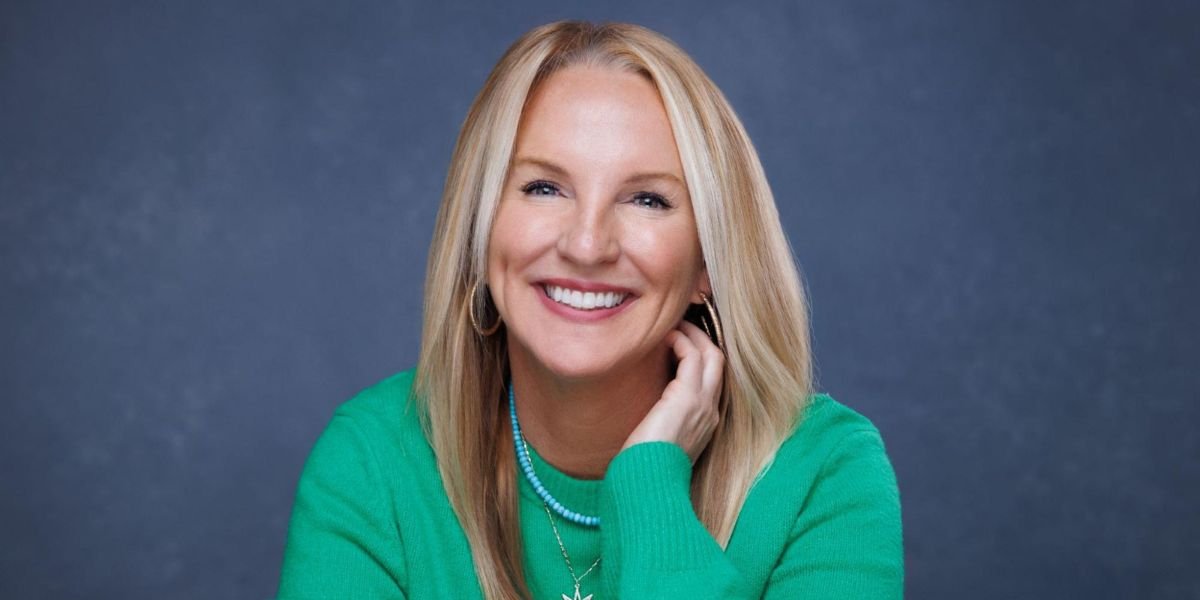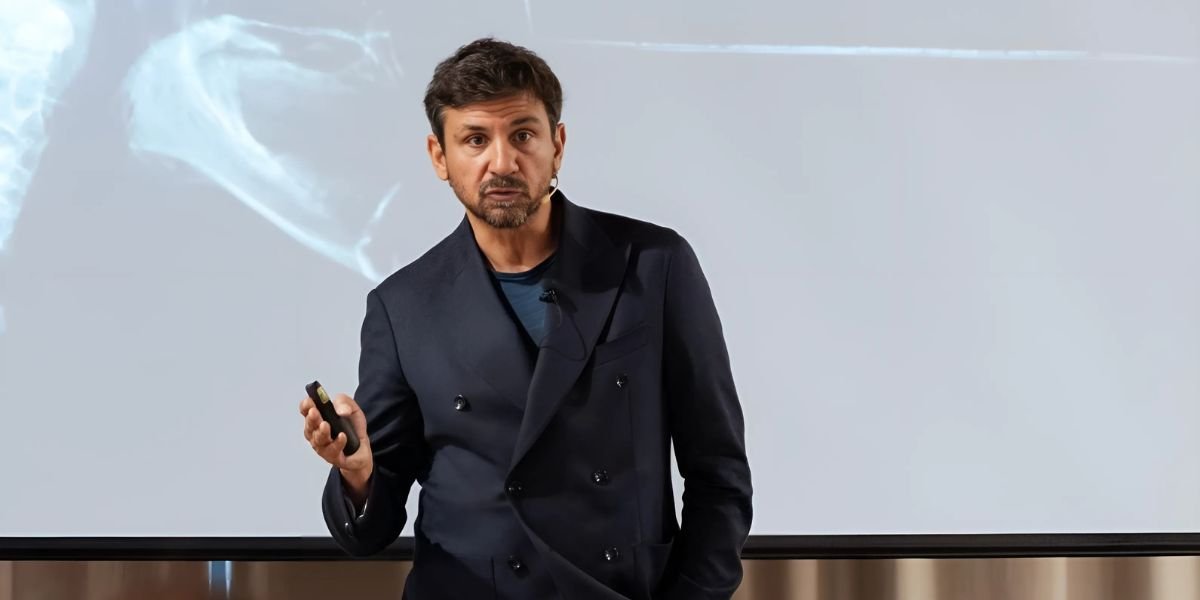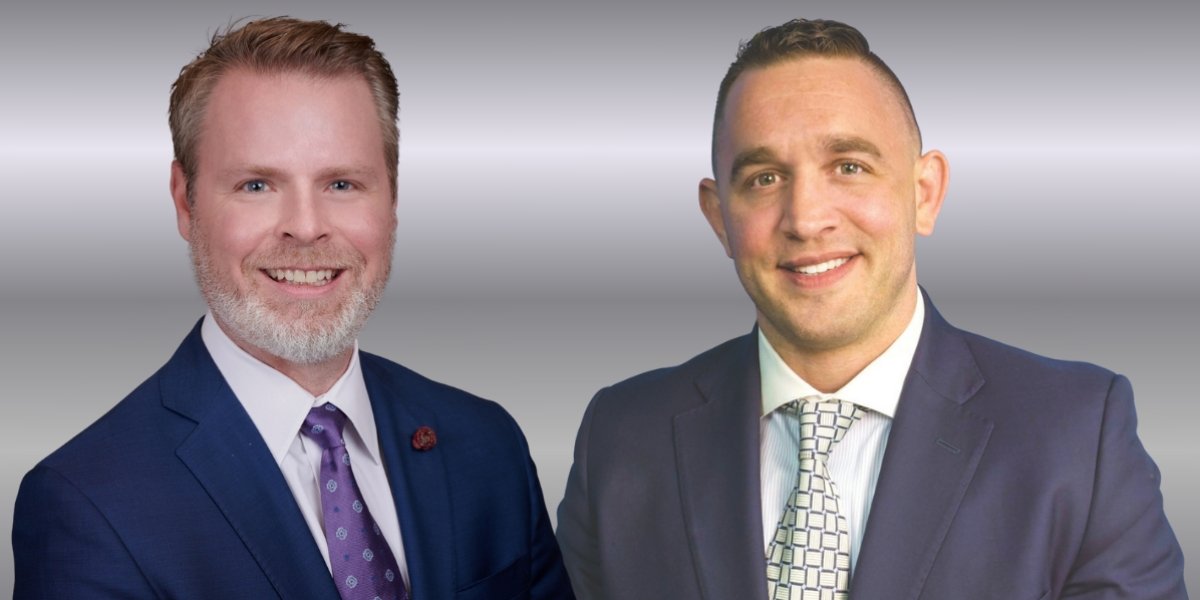In a world where artificial intelligence (AI) and automation are rapidly transforming the workplace, the value of soft skills like communication, critical thinking, and emotional intelligence has become increasingly significant. However, traditional education systems often fall short of adequately preparing individuals for the real-world challenges they will face in their careers. This gap in soft skills training is what Linda Nyawira, founder of Life’s Campus, aims to address with her innovative learning platform.
The Soft Skills Gap in Traditional Education
While soft skills play a crucial role in career success—some studies suggest they account for as much as 85% of professional achievement, according to the Carnegie Institute of Technology—schools and universities tend to prioritize hard skills. This focus on technical knowledge, memorization, and standardized testing often leaves little room for the development of essential soft skills such as leadership, adaptability, and emotional intelligence. As a result, many professionals enter the workforce with strong technical abilities but may struggle with collaboration, negotiation, and problem-solving.
The Growing Importance of Soft Skills in the AI Era
The rise of AI and automation has further highlighted the importance of soft skills in the workplace. As machines take over many technical tasks, the skills that now carry the most value are those that are distinctly human: persuasion, influence, creativity, and decision-making. LinkedIn’s Workplace Learning Report supports this shift, identifying soft skills as a high priority for talent development in today’s job market.
How Life’s Campus Addresses the Issue
Life’s Campus offers a fresh approach to soft skills training. By incorporating gamification, AI-powered learning, and real-world application, the platform provides a dynamic and interactive learning experience that traditional education systems often lack. Here’s how Life’s Campus stands out:
- Gamification – Making Learning Engaging and Fun: Life’s Campus transforms learning into an engaging experience. Through scenario-based learning, users tackle real-world soft skill challenges, such as handling workplace conflict or leading a team. The micro-learning approach ensures that lessons are concise and engaging, making it easier for busy professionals to fit learning into their schedules.
- Real-World Practice – From Learning to Action: The platform encourages users to apply their soft skills through daily challenges and role-playing exercises that simulate workplace interactions. This practical approach aims to help users not only learn but also develop proficiency in the soft skills necessary for career advancement.
Who Benefits from Life’s Campus?
Life’s Campus is designed for a diverse audience, including young professionals looking to stand out in a competitive job market, entrepreneurs aiming to enhance their leadership and negotiation skills, managers and executives seeking to refine their communication and emotional intelligence, career changers needing to quickly develop soft skills, and lifelong learners interested in personal development.
Take Control of Your Career with Life’s Campus
While the traditional education system may leave some professionals underprepared for the demands of the modern workplace, Life’s Campus offers a solution. With its gamified system, AI-driven insights, and practical challenges, the platform aims to help users develop and refine the soft skills that truly matter. If you’re looking to take control of your career and build skills like influence, adaptability, and emotional intelligence, Life’s Campus could be a valuable resource. Sign up today and begin your journey toward greater professional growth and success.
Published by Mark V.











